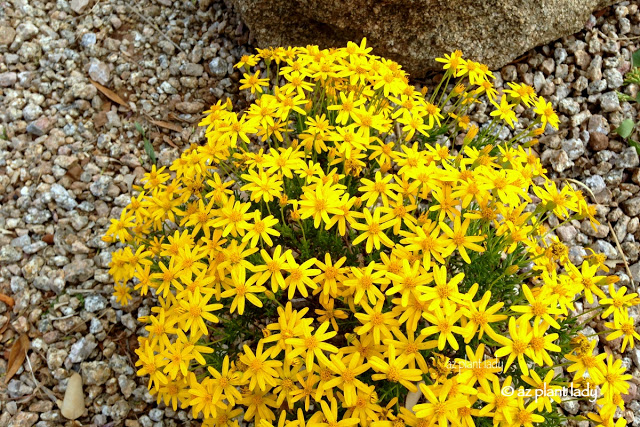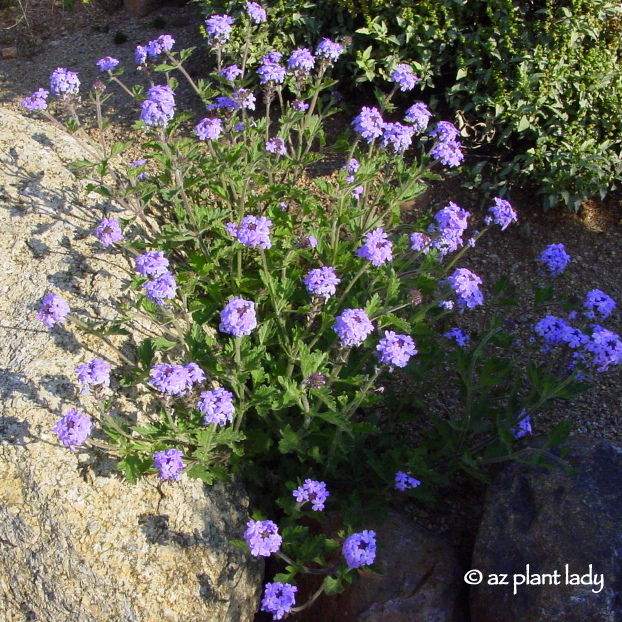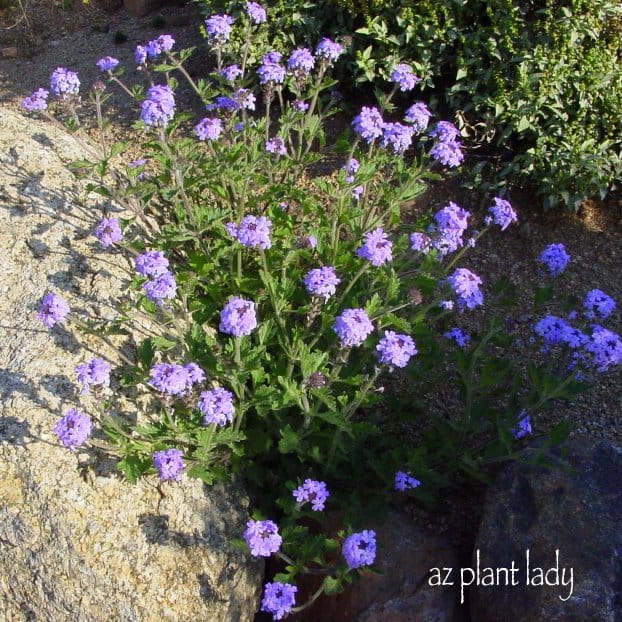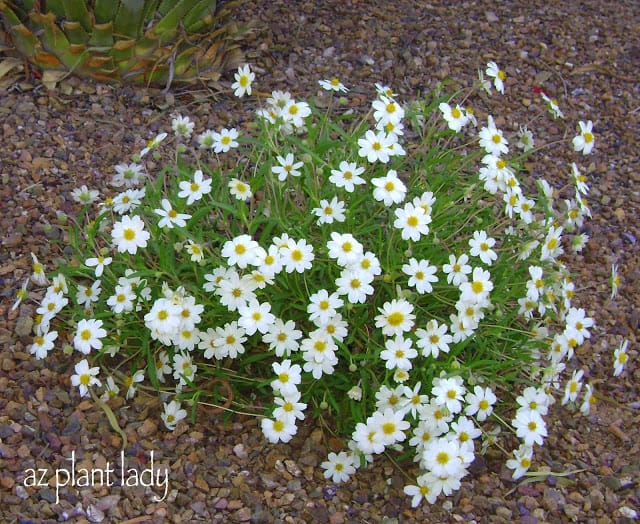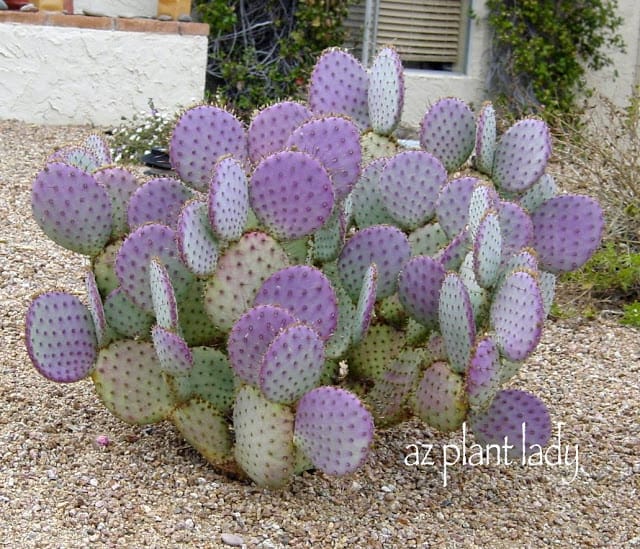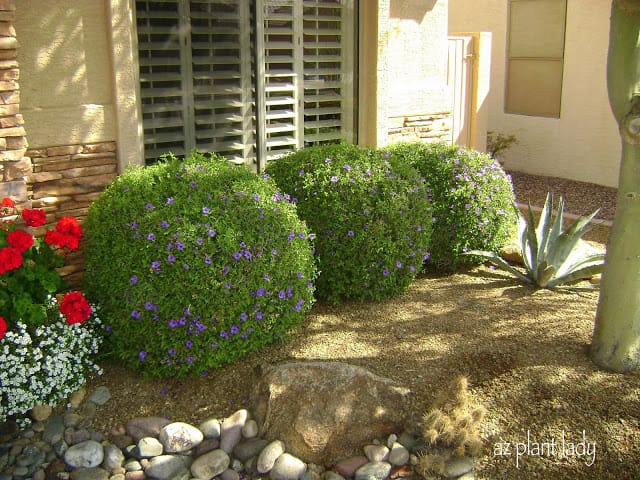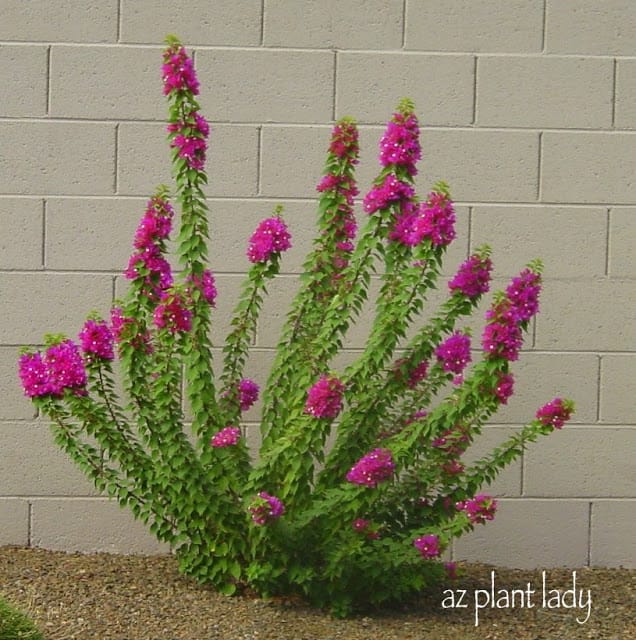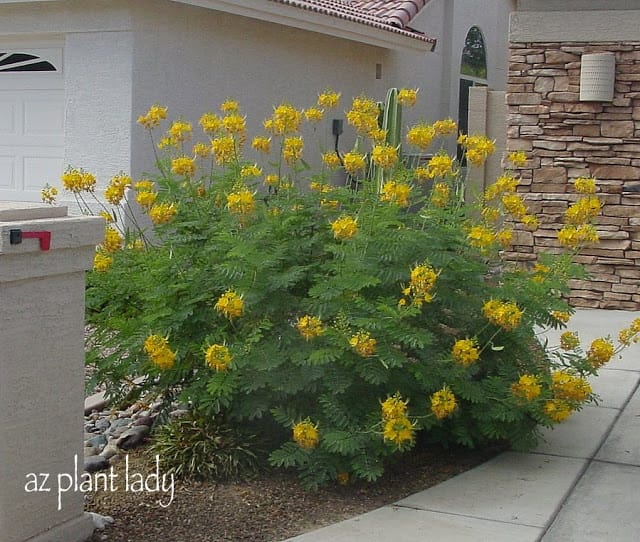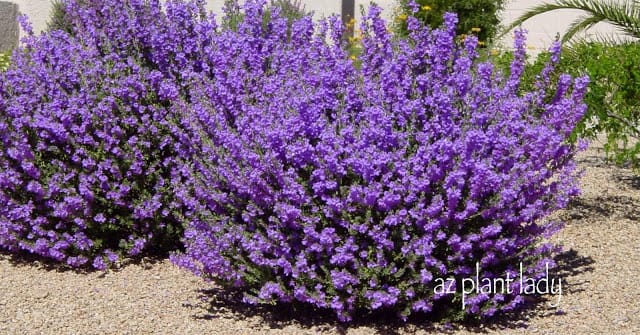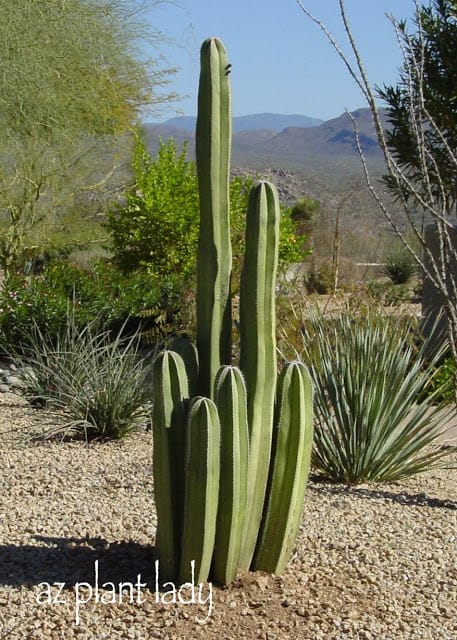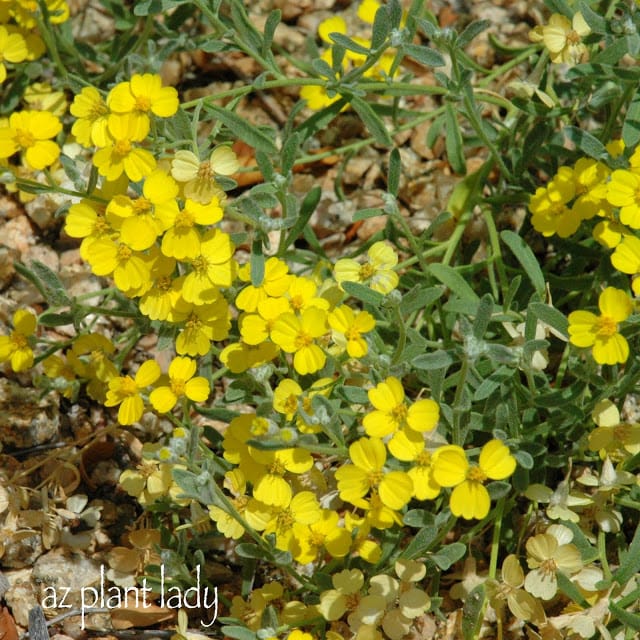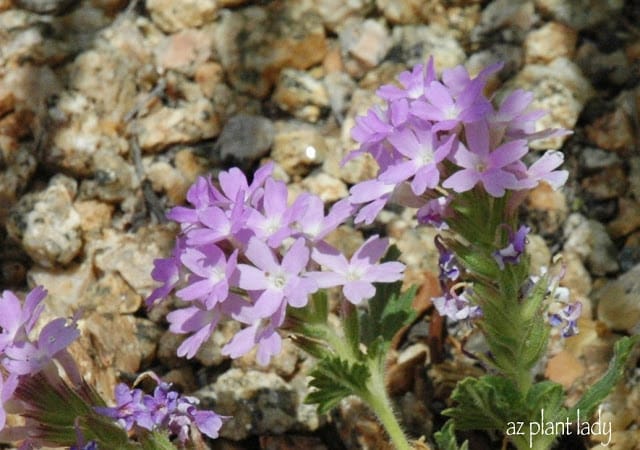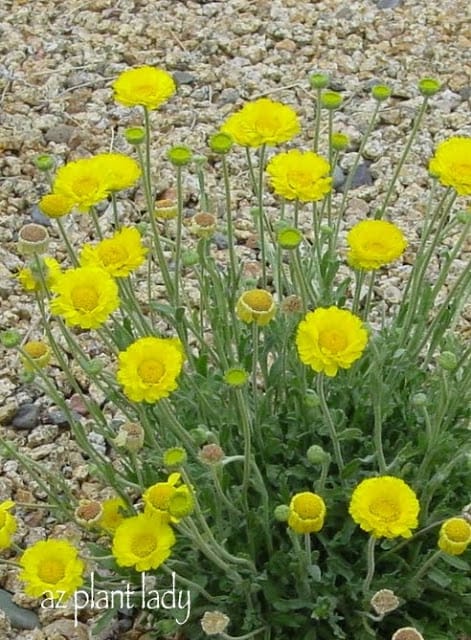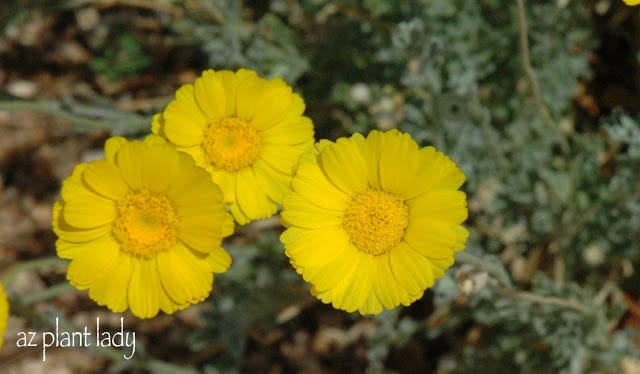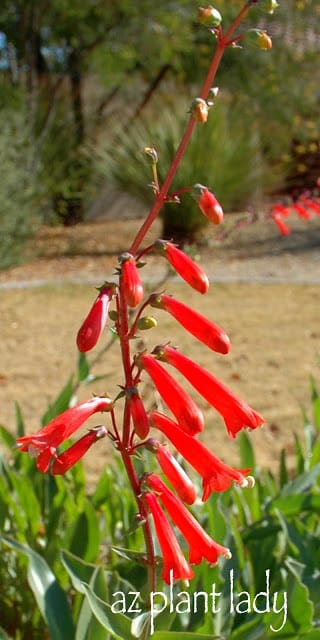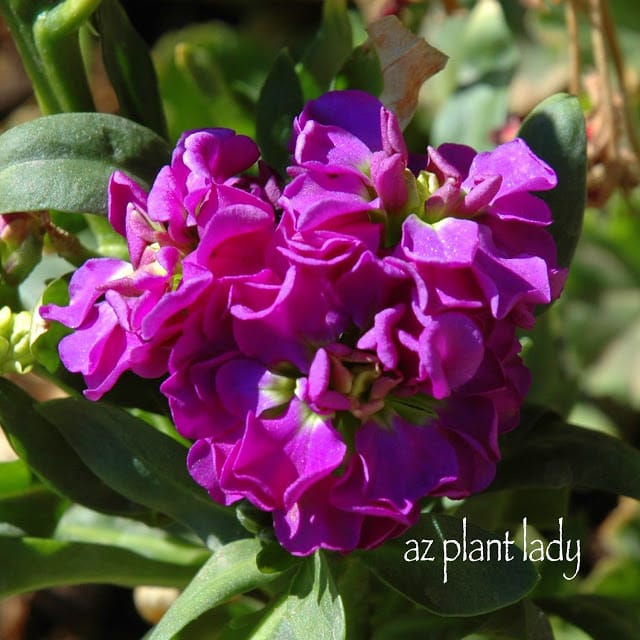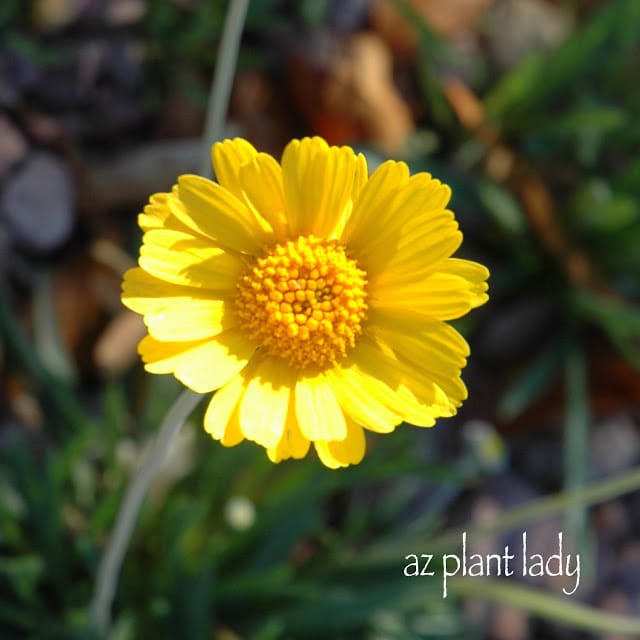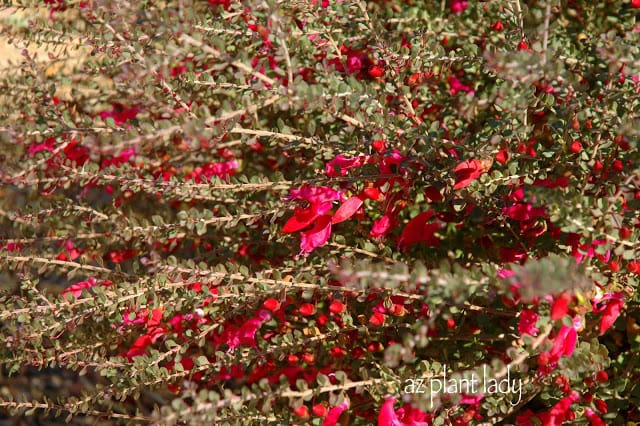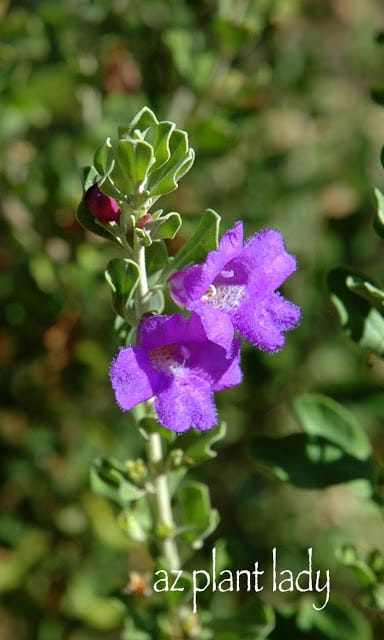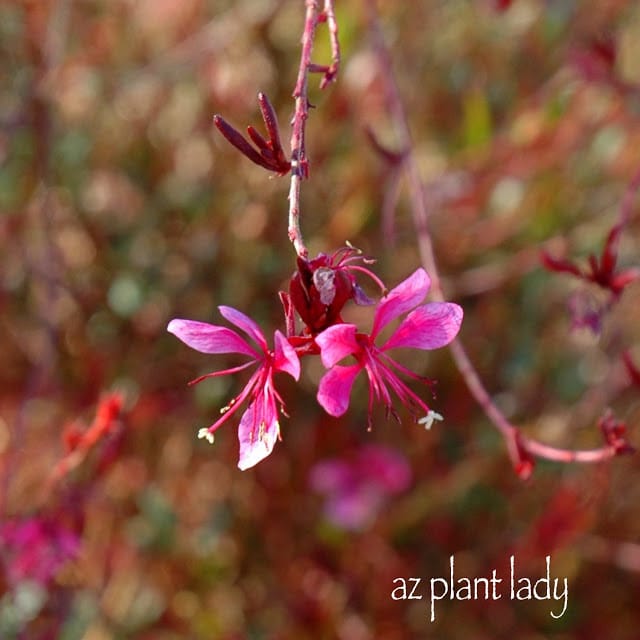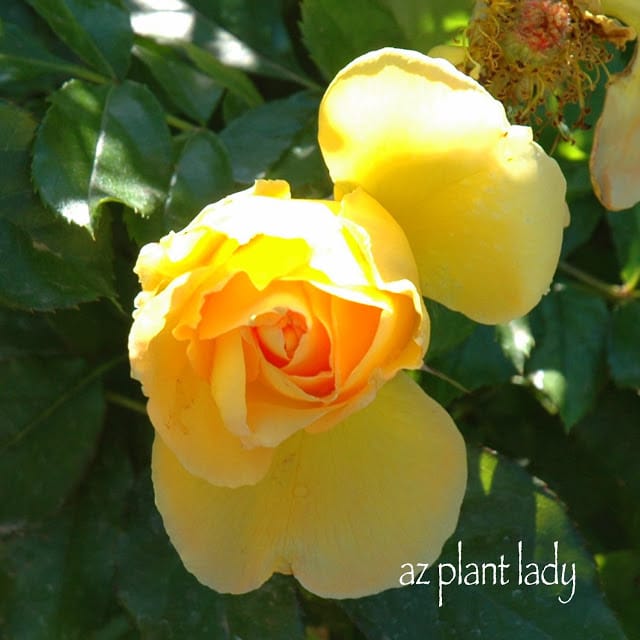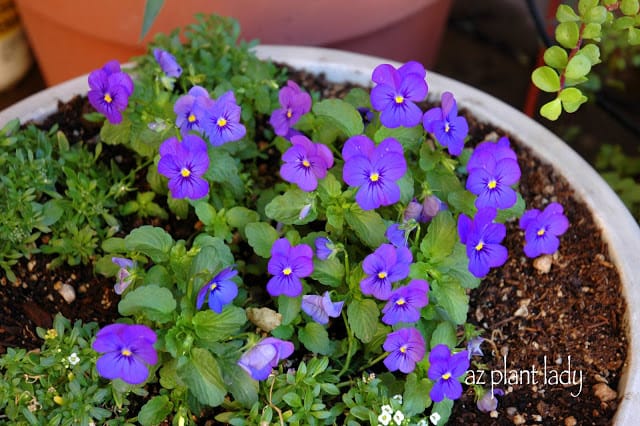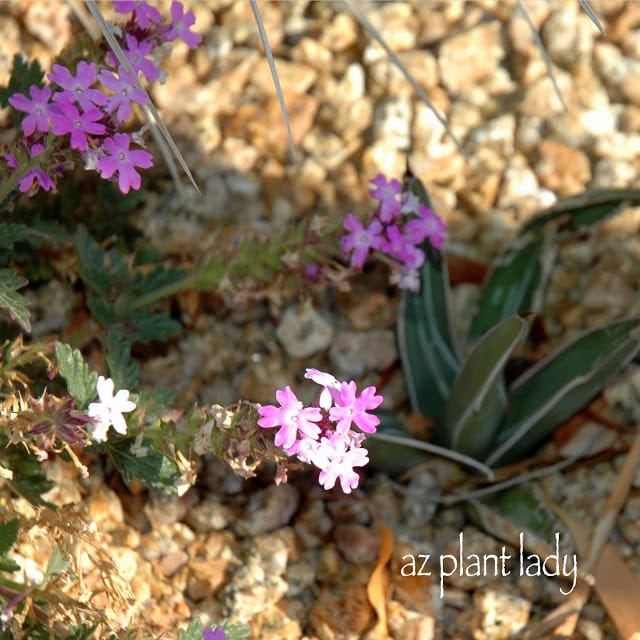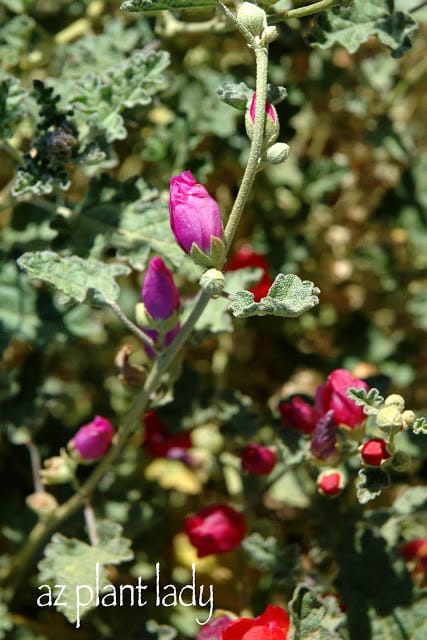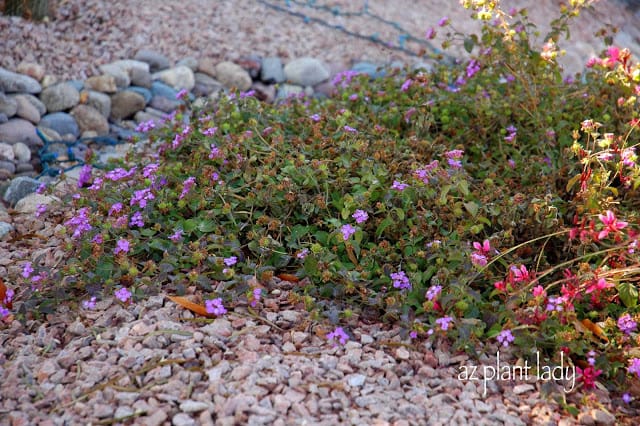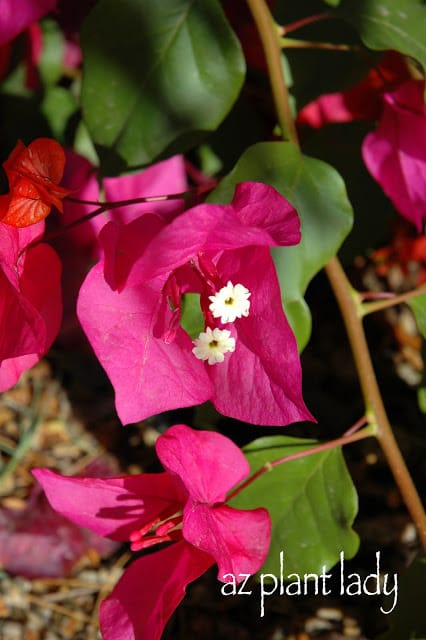Some daughter-in-law’s don’t have much in common with their father-in-law.
In my case, when I married my husband 25 years ago, I wasn’t sure if I would have any shared interests with my father-in-law…..he was a dentist (I was deathly afraid of dentists), he ran 3 miles a day (I got a ‘stitch’ in my side if I tried running to the corner), he was very orderly and meticulous (I am neither of those things) and he was soft spoken (while I can be a bit loud).
I knew he loved me and I him, but sometimes conversation would lag because besides the kids and family, there wasn’t much else to talk about.
That is until I started to become interested in plants and landscaping. You see, my father-in-law always had well-designed landscapes filled with beautiful plants. As I decided to pursue a degree in Urban Horticulture, he was very supportive.
Urban Horticulture, Goodding’s Verbena (Glandularia gooddingi)
Even better, we now had lots to talk about. Our visits would often include visits into each others garden.
I would show him my newest plant acquisition and he would in turn, ask me questions about a few of his plant problems.
Red Yucca (Hesperaloe parviflora)
A few years later, he and my mother-in-law made the trip up to my newest job location, took me out to lunch and asked me to show them around the landscape areas I was in charge of.
Blackfoot Daisy (Melampodium leucanthum)
When he retired, he asked me to design the landscape for their new home. He had some ideas of what he wanted and then let me go at it.
Damianita (Chrysactinia mexicana)
I enjoyed working closely with him, in coming up with a design and the plants that he liked.
Purple Prickly Pear (Opuntia violaceae)
While I enjoyed visiting and seeing his landscape mature, I didn’t always agree with the way he like to prune his shrubs…
His style gardening was orderly and meticulous, like he was.
We would sometimes tease each other because our styles were vastly different.
‘Torch Glow’ Bougainvillea
But no matter our landscaping styles, we still enjoyed going out into the garden together.
Last October, my father-in-law was diagnosed with ALS (Lou Gehrig’s disease).
Phoenix Bird-of-Paradise (Caesalpinia pulcherrima ‘Phoenix’)
In a very short time, he was robbed of the ability to speak, swallow, eat and the use of his hands.
Now, unable to work in his garden himself, he had to rely on others.
I considered it a privilege to help him where I could.
‘Rio Bravo’ Sage (Leucophyllum langmaniae ‘Rio Bravo’)
He endured this horrible disease with dignity, a sense of humor and through his faith.
Mexican Fence Post (Pachycereus marginatus)
This past Saturday, after 2 weeks in hospice care, he passed away.
We were all blessed to be by his side as he took his last, labored breath.
One of the last things he wrote was,
“My race is almost over.”
**********************
I think it will be awhile before I can step into his garden without shedding tears.
I will miss sharing our love for plants together…..
Tour of Sustainable Southwestern Landscapes: Part 1
